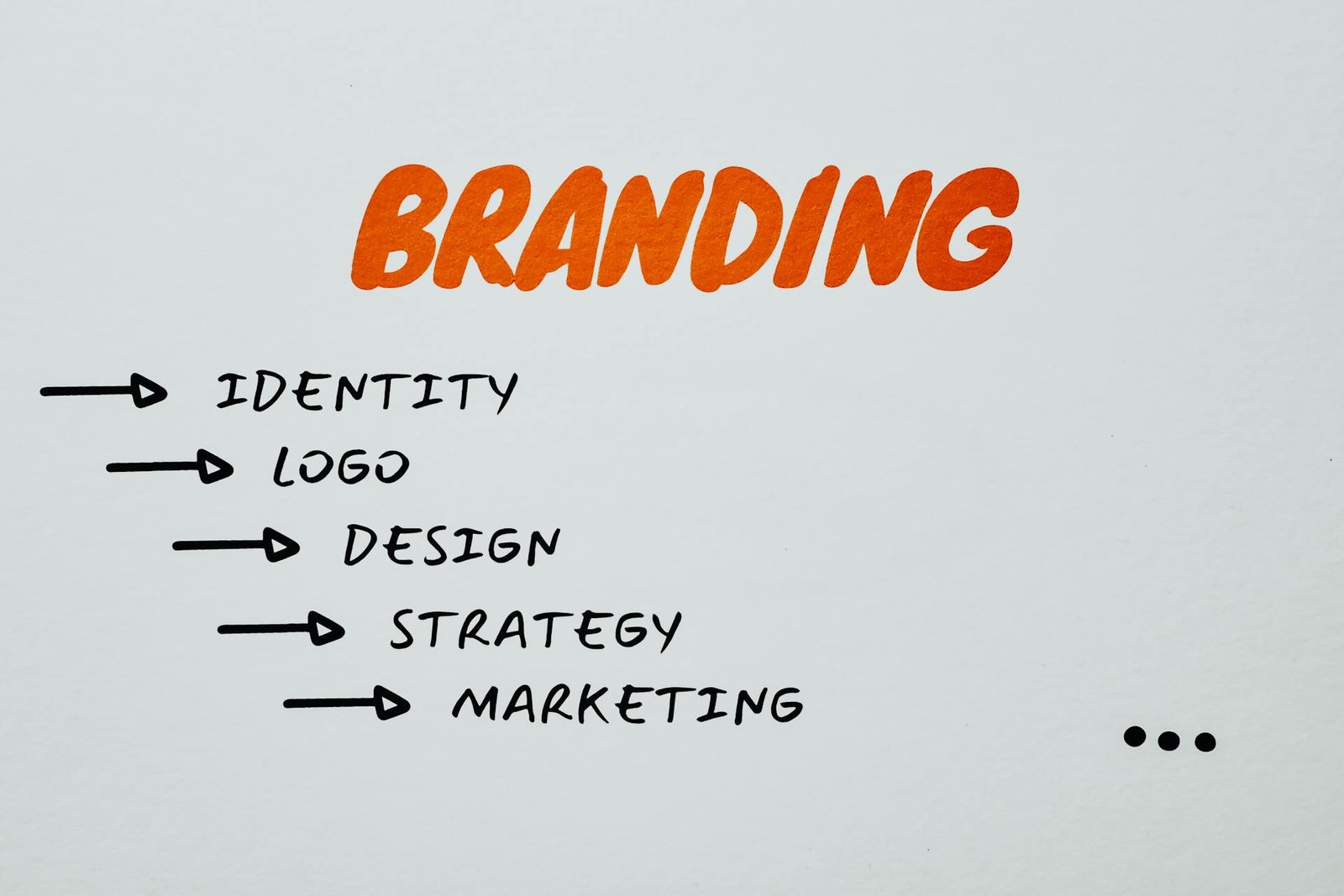Introduction
Your ‘Brand’ is not your logo, colour palette, visual identity, products and services, trademarks, patents, shelf space, billboards, packaging etc. but it is every possible interaction you could have with your potential and existing customers/stakeholders and how you make them feel in each of those from smallest to greatest.
Your brand is the sum total of all the experiences, perceptions, expectations, memories and stories they associate with your business and hence branding is how you influence the above.
“People will forget what you said, forget what you did, but they will never forget how you made them feel.”
— Maya Angelou.
Great brands begin by pinpointing not just “who we are?” but their “Raison D’être” i.e. “Why does our business exist in the first place?”. A lot of so-called Branding Experts would tell you to start branding by “Identifying your audience” but that’s not how you build a genuine and memorable brand.
All true things come from within, from an inner reflection and so does a brand that makes a difference to the world! Hence I insist you start with honesty, sincerity, authenticity and self-reflection! How you perceive yourself in your head/s corresponds directly to how you represent yourself in the world!
Don’t be Freaking Neutral!
A brand isn’t supposed to be neutral. It isn’t supposed to be altruistic but it’s definitely some-truistic. It’s definitely about providing value but it is much more than that. It is about caring for some “issue”, representing some “ideal”, serving some “people” very very deeply like no one else can!
“If no one hates it, no one really loves it.”
— Jessica Walsh
Don’t be a people pleaser, don’t be distracted by ways to make a quick buck or by trying to capitalise on recent trends and whatever you do but don’t be just another commodity. Discover your personality, Distinguish yourself, Stand out from the crowd, and find something you genuinely care about!
Ask These Questions:
- Why is this important to me/us?
- What makes this particular pain point more important than the rest?
- Am I really passionate about this?
- Do I really care about serving this particular group of people or it’s just another payday?
- How does this business enterprise contribute to the greater good?
- Some personal questions like: Am I a Windows person or a Mac person? Do I like to work in a sunlit office with bright colours or in a dark room with cool neon lights? If you’re a very “hip” individual then the last thing you want to do is work with someone super corporate!
Don’t be neutral! Nobody really loves elevator music! They can tolerate it but they don’t identify with it, they don’t dance, laugh or cry to it. It’s just another background noise!
Branding Starts with Authenticity — Be The Pink Frog
And although this intention is intangible when a company communicates this intention with clarity and sincerity in every single possible interaction and decision it makes, the XYZ company is now a brand. Now people start identifying with it, they have stories and expectations.
For example, if I told you Apple is going to come up with a series of deodorants it is not difficult to have some anticipation in mind, some vision of how it would be packaged or who would it be for, you could immediately feel something which is quite abstract yet very real whereas if I told you Unilever is going to come up with a new laptop, you have no freaking idea what it’s gonna be like, you have no expectations because Apple has a brand, Unilever has a logo, billboards, adverts and shelf spaces.
So then the easiest way to start establishing yourself as a brand is by being Authentic.
“Authenticity is a collection of choices that we have to make every day. It’s about the choice to show up and be real. The choice to be honest. The choice to let our true selves be seen.”
― Brene Brown
Authenticity will take your Brand to places no technology, funnels or algorithms can.
Authenticity is the cornerstone of brand success. While technology can aid in awareness and engagement, it cannot replace the human connection fostered through genuine authenticity.
Trust, emotional connection, differentiation, word-of-mouth, and long-term sustainability are key benefits of authentic brands.
Being authentic requires acceptance of vulnerability, transparency and integrity. Being authentic makes us fearless, it keeps us going when everyone else stops.
Authenticity requires no pretence.
Authenticity is about being true to oneself. It means avoiding pretense, artifice, or inauthenticity. When a brand is authentic, it doesn’t try to be something it’s not.
It embraces its unique identity, values, and personality. This honesty builds trust and loyalty with consumers who appreciate brands that are genuine and transparent.
After all, we can fake genuine care and concern only for so long. If you ever feel tempted to be inauthentic, think of those politicians you despise and you’ll be back on track.
Authenticity makes the Brand Integral and Genuine.
Authenticity is the foundation of a brand’s integrity. When a brand is authentic, it demonstrates a commitment to its values and beliefs. This integrity makes the brand genuine and trustworthy, fostering long-lasting relationships with its customers.
An authentic brand is more likely to be seen as genuine and reliable, which can lead to increased customer loyalty and advocacy.
In this day and age, it only takes one viral video from a dissatisfied customer and employee to unmask one and sink the business. When you’re tempted to be inauthentic, think of all those phonies you despise and it will save you from being inauthentic.
Conclusion:
Authenticity is the key to building a successful brand. It goes beyond technology and marketing tactics. By being true to oneself, avoiding pretence, and demonstrating integrity, a brand can foster trust, emotional connection, and long-lasting relationships with its customers. This authenticity makes the brand integral and genuine, leading to increased loyalty, advocacy, and overall success. Be the pink frog!




